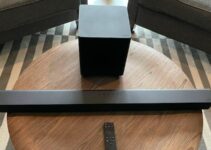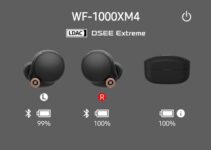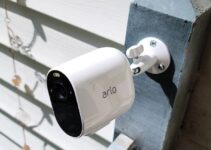The FL Studio 20 and FL Studio 21 are powerful digital audio workstations that are a common choice for music producers and enthusiasts.
When it comes to getting the best audio performance from these software, you will need to apply the right settings.
In this guide, we will you through how to use the audio settings in FL Studio 20 and FL Studio 21, and provide some tips on the best audio settings for optimal sound quality.

FL Studio 20 & FL Studio 21 Audio Settings
To get started, you will need to access the audio settings in the FL Studio. To do this, open up the program and click on the “Options” menu at the top left-hand corner of the screen. From there, select “Audio Settings” from the drop-down menu.
Once you’re in the audio settings menu, you’ll find several options that you can adjust to customize your audio preferences. Let’s go through each of these options.
- Device: This option allows you to select the audio device that you want to use with FL Studio. You can choose from your computer’s built-in speakers or an external audio interface. If you’re using an external audio interface, make sure it’s properly connected and recognized by your computer.
- Input/Output: Here, you can select the audio input and output channels that you want to use. If you’re recording vocals or instruments, make sure that you’ve selected the correct input channel. If you’re using headphones or external speakers, then you should select the output channel for them.
- Buffer size: This option determines the size of the audio buffer that FL Studio uses to process audio. Having a smaller buffer size can cause issues like lower latency (delay) between when you play a sound and when you hear it. It could also lead to audio glitches and dropouts. Going for a larger buffer size will reduce the risk of glitches, but you should expect more latency. To get the optimal setting for your system, you need to experiment with different buffer sizes.
- Sample rate: This sample rate will determine the quality of the audio that FL Studio produces. In the case, the higher the sample rate, the better the sound quality. However, this would also mean you would have a larger file size. The standard sample rate for most digital audio is 44.1 kHz, but you can increase it to 48 kHz, 96 kHz, or higher if you want higher-quality audio.
- Bit depth: This bit depth refers to the dynamic range of the audio that FL Studio produces. The higher the bit depth, the greater the dynamic range, and once again you get a larger file size. The standard is a 24-bit depth for most digital audio recordings, however, you can increase it to 32-bit depth if you want greater dynamic range.
Best Audio Settings for FL Studio 20 and FL Studio 21
For beginners looking for some recommendations to help get started, here are our recommended best audio settings for FL Studio 20 and FL Studio 21:
- Bass: Set the bass to around 0 or +1. At this range, this will give you enough bass to feel the low-end frequencies in your music.
- Treble: Set the treble to around +1 or +2. With this setting, you can bring out the vocal and symbols in your music
- Center Channel: Set the center channel to around 0 or +1 to ensure that any vocals or other center-panned instruments are clearly audible.
- Surround Speakers: Set the surround speakers to around +2 or +3 to create a more immersive listening experience. This setting spreads the sound across the room.
- Audio Mode: Set the audio mode to “Music.” This mode is designed to optimize the soundbar’s settings for music playback.
Tips on the best audio settings for FL Studio 20 and FL Studio 21
Now that we’ve gone through each of the audio settings options, and you know the best setting to try out, here are some tips on the best audio settings for FL Studio 20 and FL Studio 21:
- Use an external audio interface: If you want to produce high-quality audio, then you need an external audio interface. This will provide you with better sound quality and lower latency than your computer’s built-in audio.
- Set the buffer size to a low value: A buffer size of 64 or 128 samples will provide low latency and still be stable enough to prevent audio glitches.
- Use a sample rate of 44.1 kHz or higher: A sample rate of 44.1 kHz is standard for most digital audio, but you can increase it to 48 kHz, 96 kHz, or higher if you want higher-quality audio.
- Disable audio effects while recording: While recording vocals or instruments, ensure that you disable any audio effects that may cause latency or impact the performance of your system.









